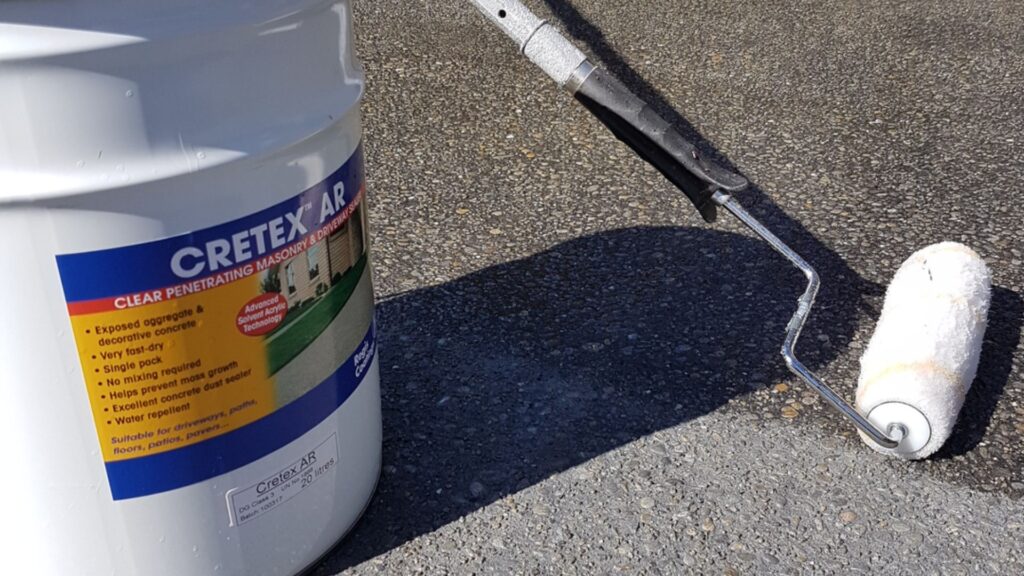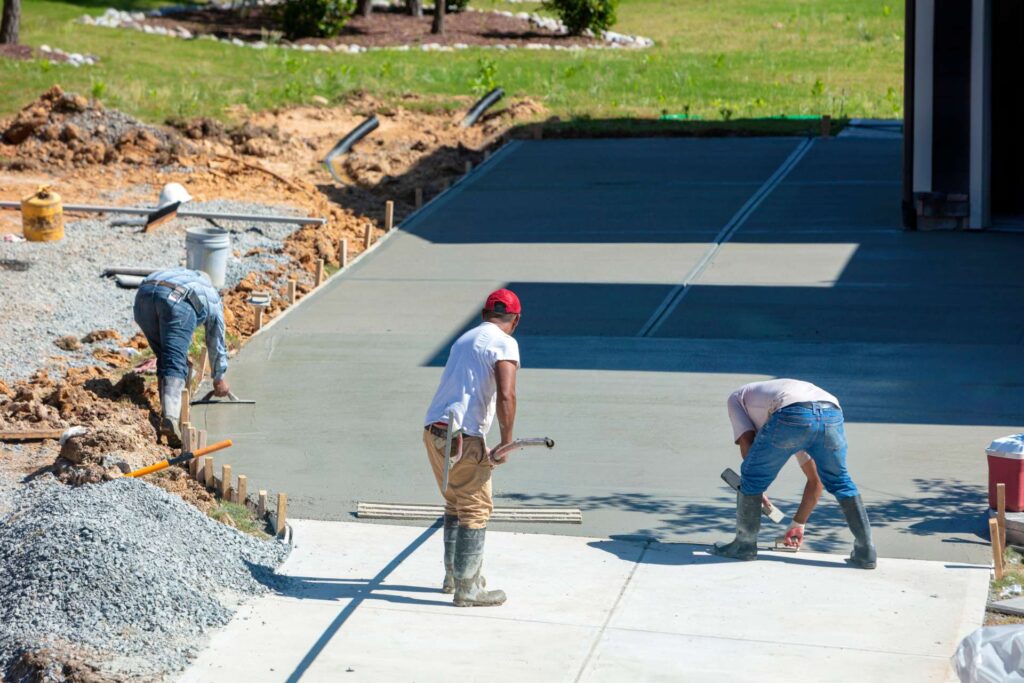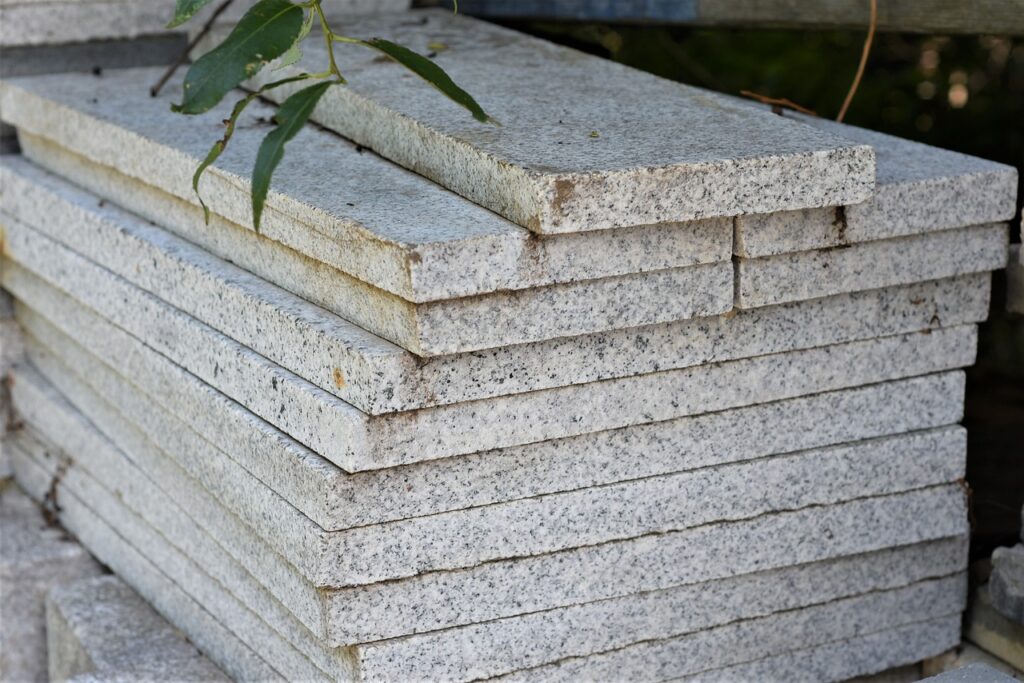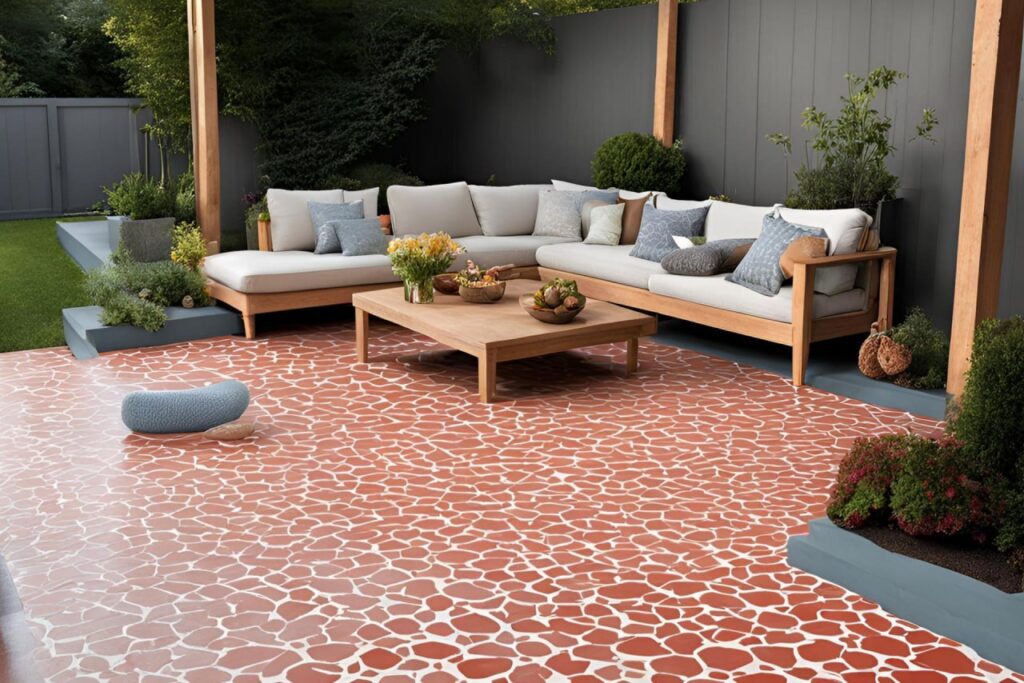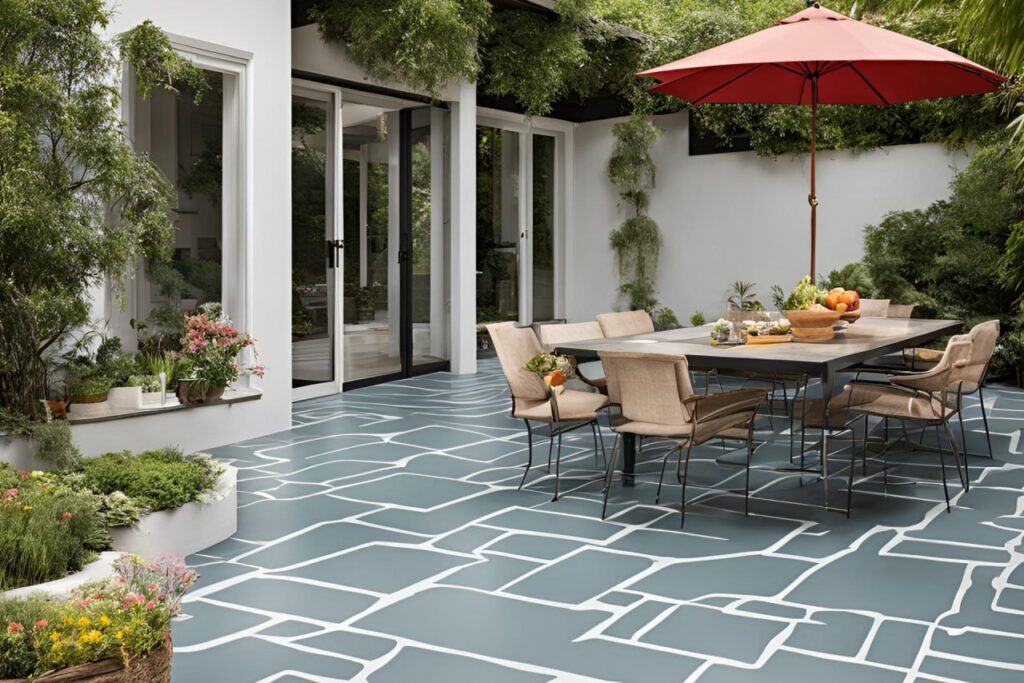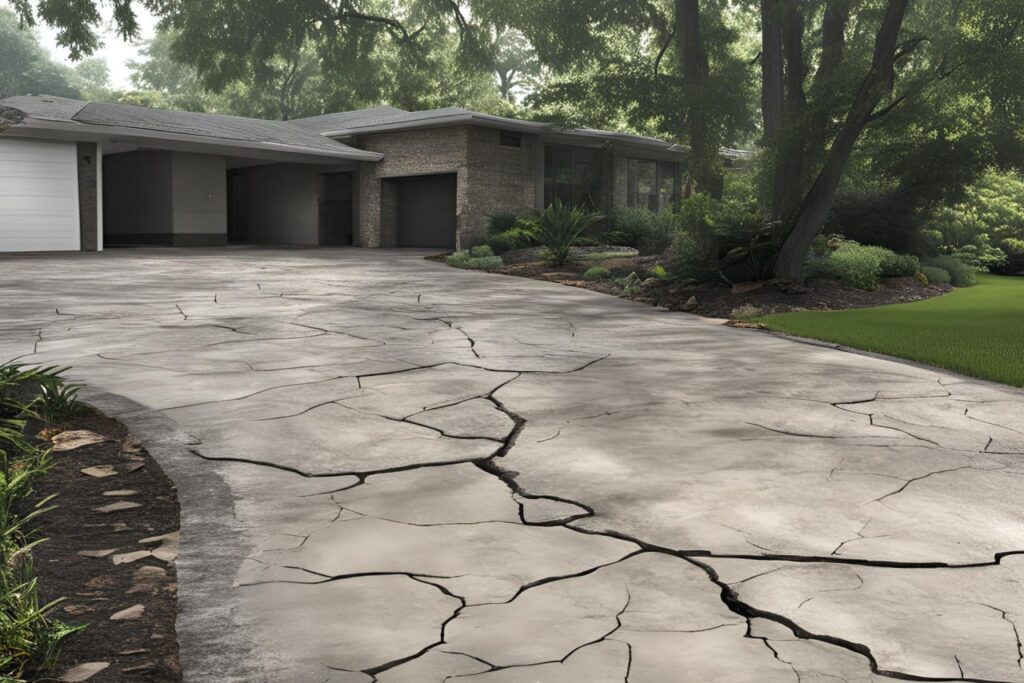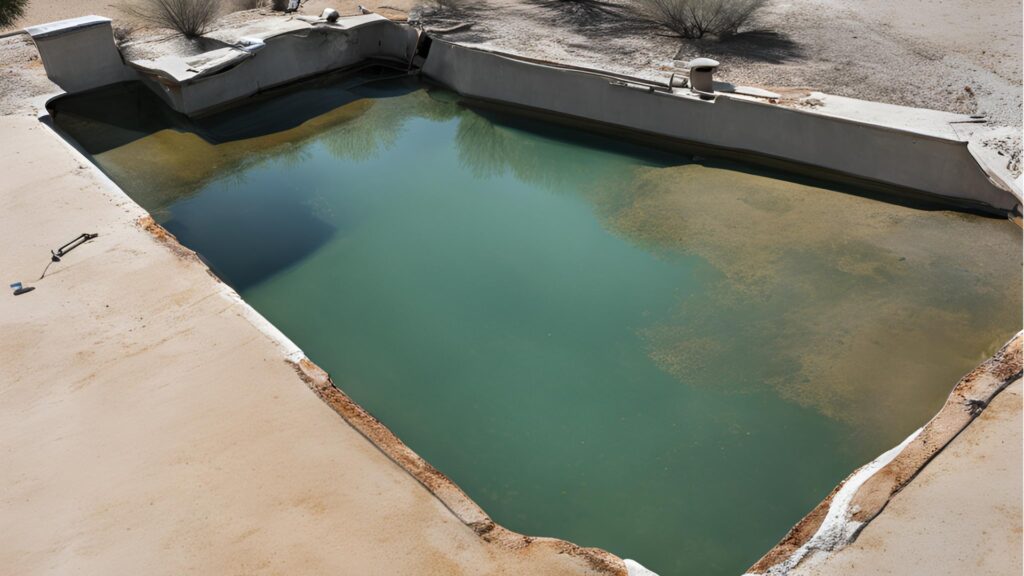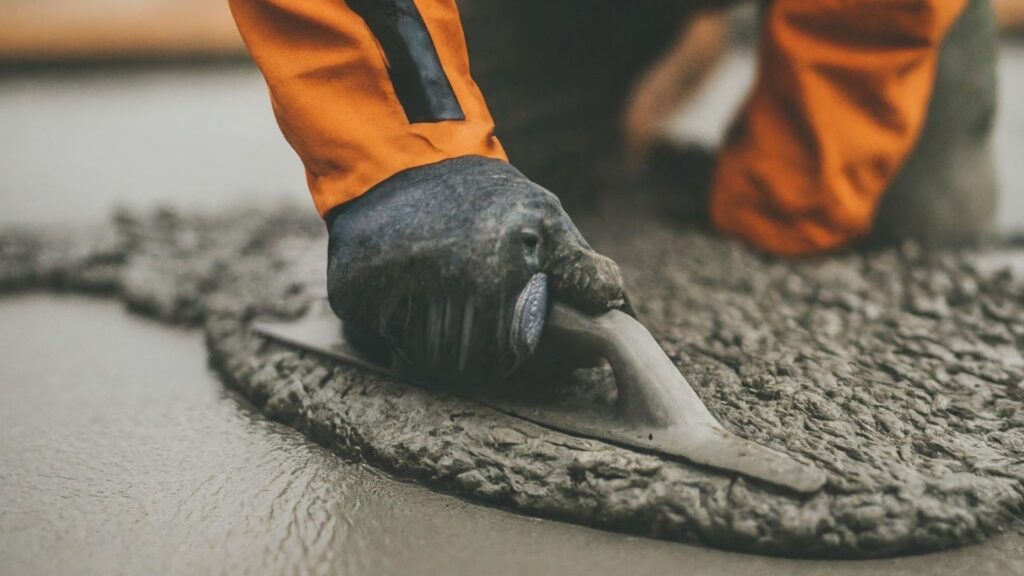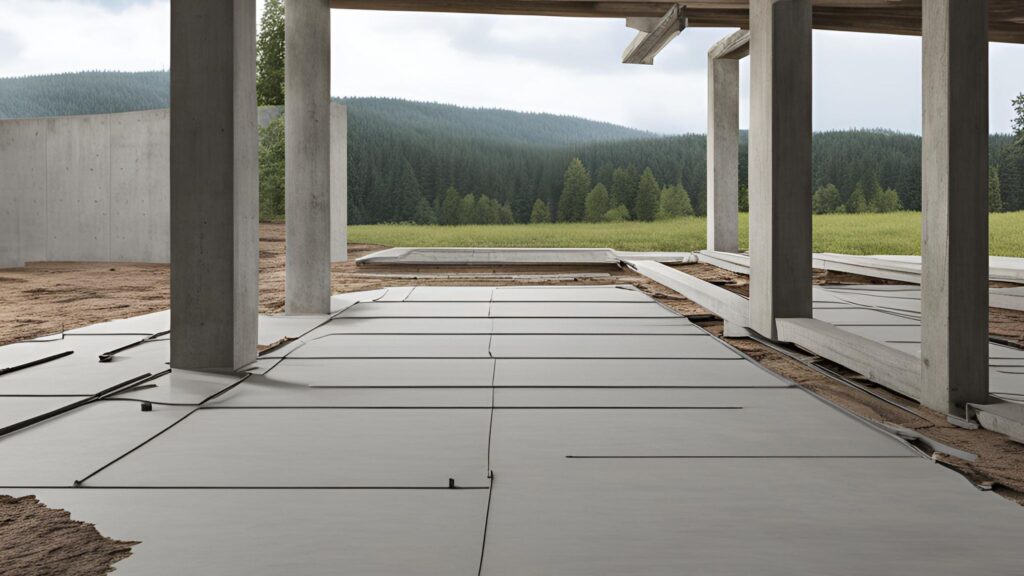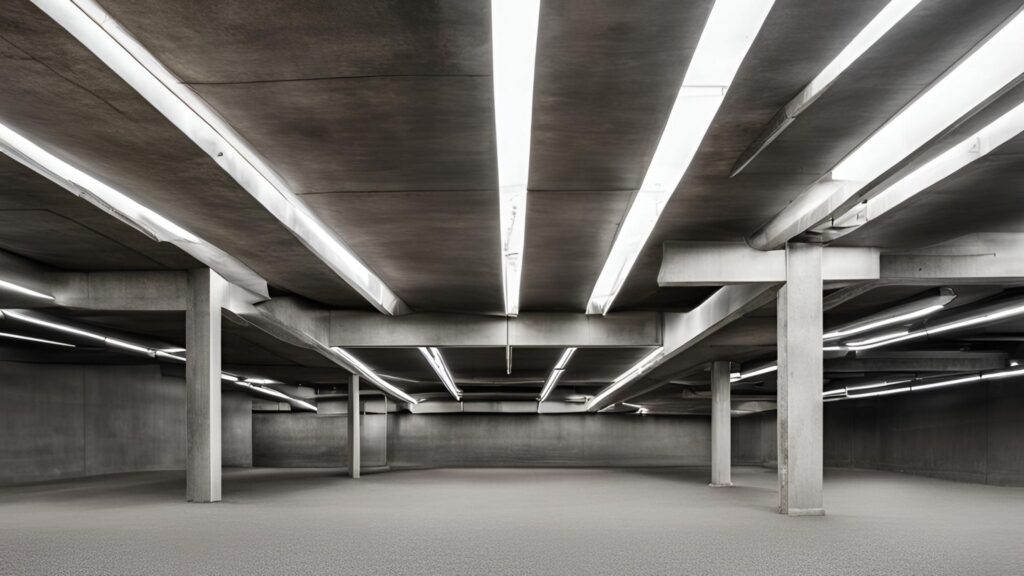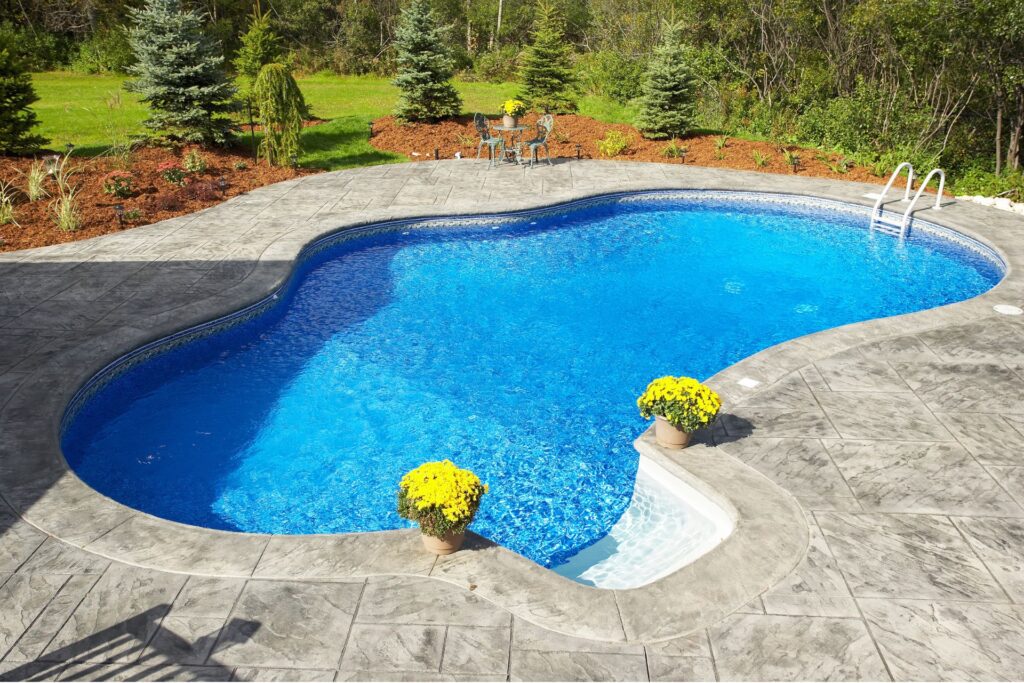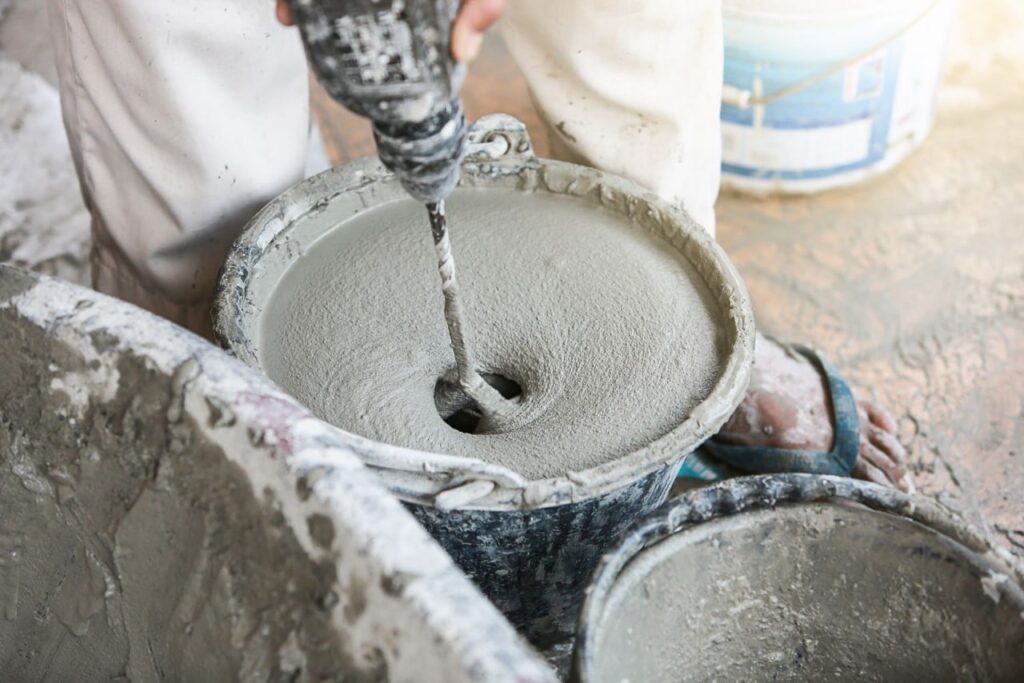Welcome to your go-to guide on whether you really need a concrete sealer. If you’ve ever wondered why some driveways, patios, or garage floors keep their fresh look while others fade, crack, or stain, the secret often lies in a simple protective layer. Concrete sealer acts like a shield, helping your surfaces resist water, stains, and weather damage while keeping them looking good for longer. In this post, we’ll break down what concrete sealer is, why it matters, and how to decide if sealing is the right move for your home, so you can make a confident and informed choice without getting lost in technical jargon.
A concrete sealer is a protective coating applied to concrete surfaces to block water, stains, and damage from weather or chemicals. You need a concrete sealer if your concrete is exposed to moisture, heavy traffic, or harsh conditions, as sealing helps prevent cracks, discoloration, and surface wear while extending the lifespan and appearance of the concrete.
- What Is Concrete Sealer?
- Why Sealing Concrete Matters
- Signs Your Concrete May Need Sealing
- When To Seal Concrete
- Pros Of Sealing Concrete
- Cons Or Considerations Before Sealing
- Indoor Vs. Outdoor Concrete Sealing
- DIY Vs. Hiring A Professional
- Step-By-Step Guide To Sealing Concrete (Overview)
- FAQs: About Do I Need Concrete Sealer?
- Conclusion
- Find A Professional Concrete Company Near You!
What Is Concrete Sealer?
A concrete sealer is a protective coating or liquid applied to concrete surfaces to guard them against damage from moisture, stains, chemicals, and everyday wear. In plain terms, it’s like giving your driveway, patio, or garage floor a shield that keeps it stronger and looking better for a longer time. Whether the concrete is indoors or outdoors, sealing it can help maintain its durability, color, and texture while making cleaning much easier.
Common Types Of Concrete Sealers
There are several types of concrete sealers, and each serves a different purpose:
- Penetrating Sealers: These soak into the concrete’s pores and form a chemical barrier that protects against moisture and freeze-thaw damage. They are often used outdoors because they preserve the natural look of concrete while offering strong protection.
- Film-Forming Sealers: These create a thin, protective layer on top of the concrete. They can enhance the color, add a glossy finish, and protect against stains.
- Acrylic Sealers: A type of film-forming sealer, acrylics are easy to apply and dry quickly. They are ideal for enhancing decorative concrete and adding a light protective layer.
- Epoxy Sealers: These form a thick, durable surface layer. They are excellent for high-traffic areas like garages and warehouses but may not handle outdoor UV exposure well unless they have added protection.
- Polyurethane Sealers: Known for their strong resistance to chemicals and abrasions, polyurethane sealers create a long-lasting surface coating and are often used in both residential and commercial settings.
How Concrete Sealers Work To Protect Concrete
Concrete is naturally porous, which means it can absorb water, oil, chemicals, and other substances that lead to damage over time. A concrete sealer works by either filling those pores (penetrating sealers) or creating a protective film on the surface (film-forming sealers). This barrier helps prevent water from soaking in, reduces the risk of cracking during freeze-thaw cycles, keeps stains from setting in, and slows down wear from foot or vehicle traffic. By blocking harmful elements, a concrete sealer can significantly extend the life of your concrete and keep it looking its best.
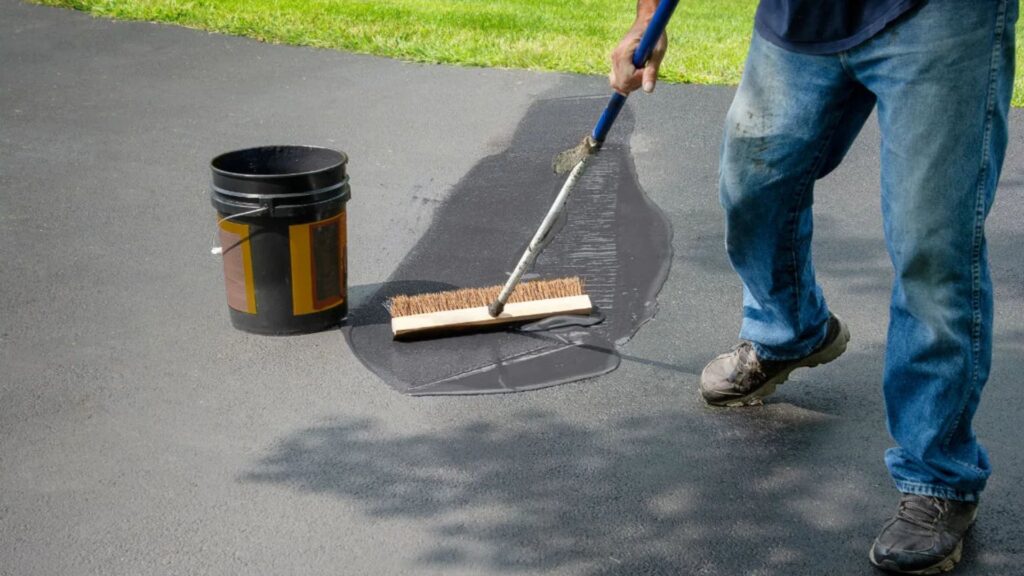
Why Sealing Concrete Matters
Sealing concrete is more than just a finishing touch, it’s a long-term investment in protecting and preserving your surfaces. Whether it’s a driveway, patio, garage floor, or basement, sealing adds a layer of defense that helps your concrete stay strong, attractive, and easy to maintain for years. Here’s why it’s worth your attention.
Protection Against Water, Stains, And Chemicals
Concrete may look solid, but it’s actually porous. This means it can absorb water, oils, salts, and other substances that slowly weaken it. When water seeps into concrete, it can cause expansion during freezing weather, leading to cracks and surface damage. Sealing creates a protective barrier that keeps moisture and contaminants out. This also makes cleaning easier, as spills and stains are less likely to penetrate deep into the surface. For homeowners dealing with oil leaks in the driveway or road salt in winter, sealing can make a noticeable difference in durability.
Prevention Of Cracks, Freeze-Thaw Damage, And Surface Erosion
One of the most common causes of concrete deterioration is the freeze-thaw cycle. When water enters the pores of concrete and freezes, it expands, putting pressure on the material and causing cracks. Over time, these cracks can widen and lead to costly repairs. Sealers block much of this moisture entry, reducing the risk of freeze-thaw damage. They also help prevent erosion caused by rain, snow, and traffic, keeping the surface smoother and more stable. This protection is especially valuable for outdoor concrete exposed to harsh seasonal changes.
Enhancing Appearance And Color Longevity
A good sealer doesn’t just protect, it also improves the look of your concrete. Over time, exposure to sunlight, dirt, and weather can fade the color and leave the surface looking dull. Sealers help preserve color vibrancy by shielding against UV rays and preventing discoloration. For decorative concrete, stamped patterns, or stained finishes, sealing can bring out richer tones and a more polished appearance. Even plain gray concrete can benefit, gaining a cleaner, more uniform look that lasts longer between cleanings.
When you seal concrete, you’re not just making it look better, you’re extending its life, improving its performance, and protecting your investment against the elements. It’s a step that pays off in both appearance and durability.
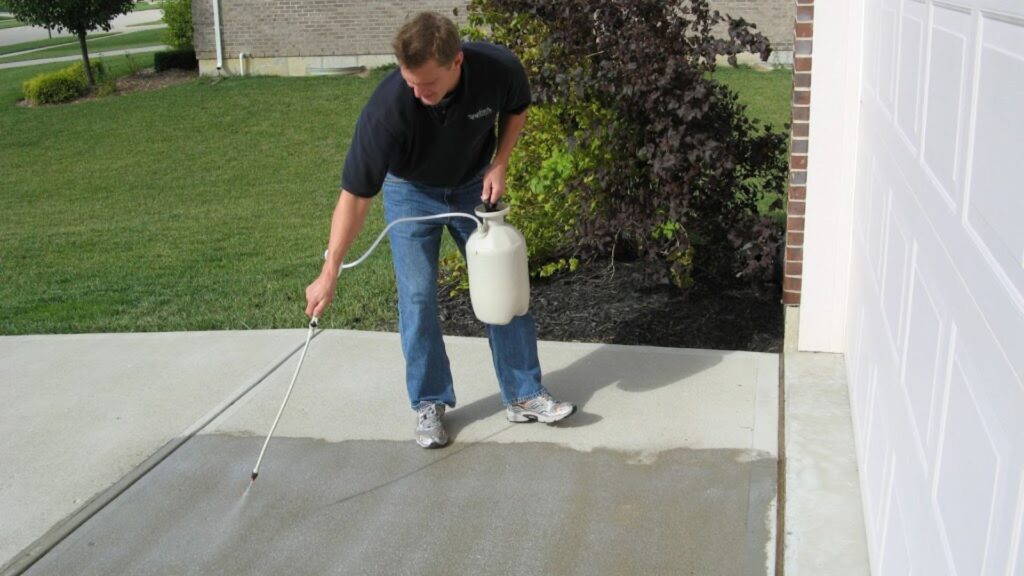
Signs Your Concrete May Need Sealing
Knowing when your concrete needs sealing can save you from expensive repairs and help your surfaces last longer. Sealing is not a one-time task, concrete naturally wears over time, especially when exposed to heavy use, moisture, or changing weather. If you notice any of the signs below, it’s a strong indication that it’s time to reapply a protective sealer.
Water No Longer Beads On The Surface
One of the simplest tests you can do is pour a small amount of water onto your concrete. If the water quickly soaks in instead of forming small beads on the surface, the sealer has worn off. Beading is a sign that your concrete still has a protective barrier. Without it, moisture can seep in, leading to cracks, surface damage, and freeze-thaw issues in colder climates.
Visible Cracks Or Discoloration
Cracks and discoloration often signal that your concrete has been exposed to the elements without protection. Small cracks can grow larger over time if moisture and debris penetrate them. Discoloration, such as fading or uneven patches, usually means the surface has been affected by UV rays, dirt, or chemical stains. A fresh coat of sealer can restore color vibrancy and prevent further damage.
Increased Dusting Or Surface Wear
If you notice a fine layer of dust on your concrete or areas where the surface feels rough and worn, it could be due to surface erosion. This happens when the top layer of concrete begins to break down, often from heavy traffic or lack of protection. Sealing strengthens the surface, making it more resistant to abrasion and daily wear.
By checking for these signs regularly, you can protect your investment, maintain the look of your concrete, and avoid costly repairs down the road.
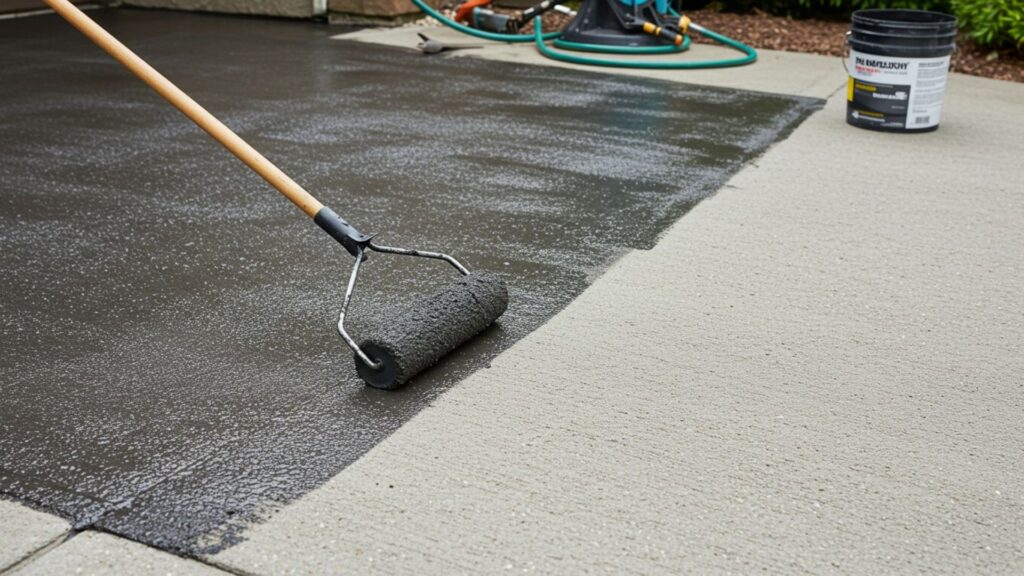
When To Seal Concrete
Knowing when to seal your concrete is just as important as choosing the right type of sealer. Timing plays a major role in how well the sealer bonds to the surface and how long it will protect your concrete. Applying it too soon or in the wrong conditions can lead to poor results, wasted materials, and reduced durability. Below, we’ll look at the best timing for sealing both new and existing concrete, as well as how often resealing should be done to maintain protection.
For New Concrete: Ideal Curing Time Before Sealing
Newly poured concrete needs time to fully cure before a sealer is applied. Curing is the process where concrete gains strength and releases excess moisture, and rushing this step can trap water inside the slab, causing peeling or cloudiness later. The general rule is to wait at least 28 days after pouring before sealing. In cooler climates, you may need to wait a little longer. Before applying the sealer, test the surface by sprinkling water on it, if the water beads up, it’s too soon. If it soaks in evenly, the concrete is ready for sealing.
For Existing Concrete: Seasonal Timing For Best Results
If you’re sealing existing concrete, weather and temperature make a big difference. For most outdoor surfaces, the best time to seal is during mild, dry conditions, typically in spring or fall. Temperatures between 50°F and 85°F are ideal because extreme heat can cause the sealer to dry too quickly, and cold can prevent it from curing properly. Avoid sealing right before rain or when humidity is high, as moisture can interfere with adhesion. Choosing the right season ensures the sealer penetrates or bonds effectively, giving you longer-lasting protection.
How Often Resealing Is Needed Based On Traffic And Exposure
The frequency of resealing depends on how much wear and tear your concrete experiences. High-traffic areas like driveways, garage floors, and commercial walkways may need resealing every 2 to 3 years. Low-traffic areas, such as patios or decorative concrete, might last 4 to 5 years before needing attention. Exposure to sunlight, snow, road salts, and chemicals can shorten the lifespan of the sealer. Regularly check your concrete by sprinkling water on it, if it no longer beads up, it’s time to reseal. Consistent maintenance not only keeps your concrete looking great but also extends its life and reduces repair costs.
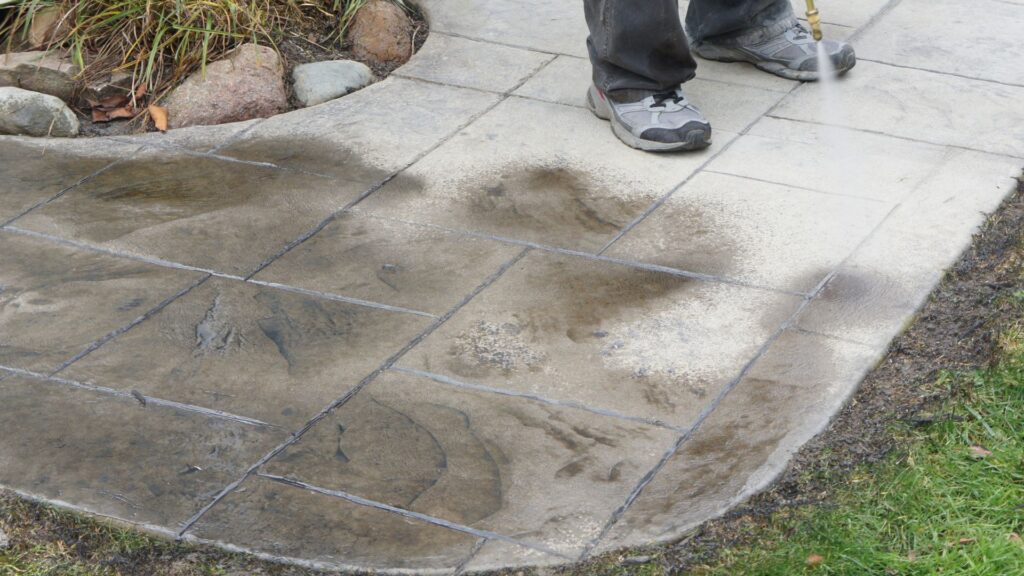
Pros Of Sealing Concrete
Sealing your concrete is more than just an optional upgrade, it’s a smart investment in the long-term durability and appearance of your surfaces. Whether it’s a driveway, patio, garage floor, or walkway, a high-quality sealer can make a noticeable difference in how your concrete looks and performs over time. Here’s a detailed look at the main benefits you can expect.
Extends Concrete Lifespan
Concrete may seem indestructible, but it’s vulnerable to moisture, chemicals, and freeze-thaw cycles that can cause cracks, scaling, or surface wear. Applying a sealer creates a protective barrier that limits water absorption and reduces the impact of temperature changes. This protection helps slow down deterioration, allowing your concrete to last for decades with fewer repairs.
Improves Appearance
Over time, unsealed concrete can become dull, stained, or discolored. A good sealer enhances the natural tone of the surface, giving it a cleaner and more polished look. For decorative or stamped concrete, sealing also brings out the depth of color and texture, making the design stand out. Even plain gray concrete benefits from a subtle sheen that keeps it looking fresh.
Reduces Maintenance Needs
Unsealed concrete tends to absorb dirt, oil, and other contaminants, making it harder to clean. With a sealer in place, spills and debris remain on the surface, allowing for quicker and easier cleanup. This means less scrubbing, fewer deep-cleaning sessions, and more time enjoying your space instead of maintaining it.
Adds A Layer Of Protection Against Harsh Weather And Chemicals
Concrete exposed to rain, snow, de-icing salts, and harsh UV rays can deteriorate faster without proper protection. A quality sealer shields the surface from chemical penetration and prevents water from freezing inside pores, which can cause cracking. This added defense is especially valuable in climates with heavy winters or high sun exposure, helping your concrete withstand the elements year-round.
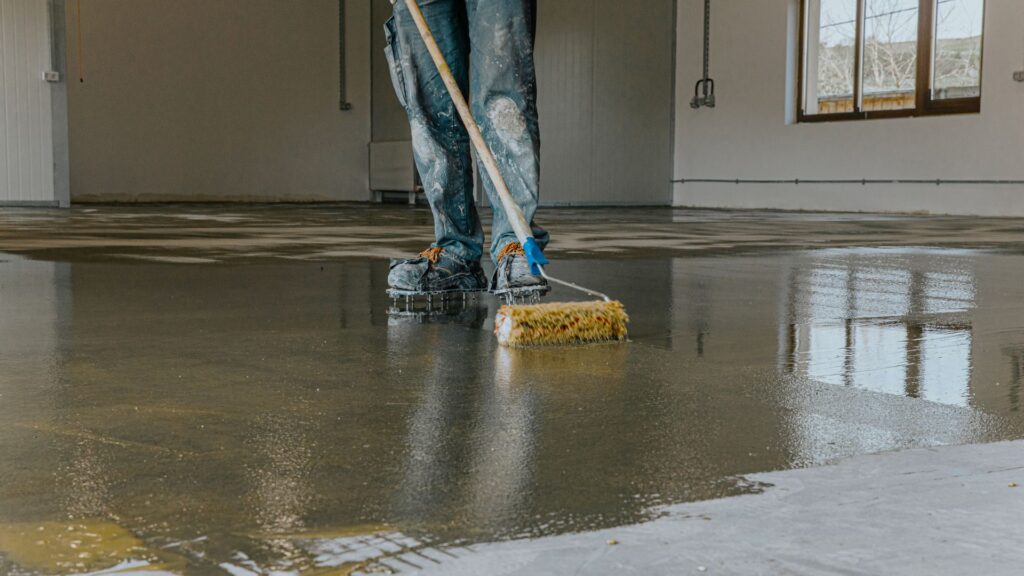
Cons Or Considerations Before Sealing
While sealing concrete offers many benefits, it’s important to weigh the possible downsides before making a decision. Understanding these factors will help you decide if sealing is right for your specific needs and budget.
Cost Of Materials And Labor
Applying a quality concrete sealer requires an investment. If you choose to hire a professional, you’ll need to factor in labor costs along with the price of the sealer itself. High-grade sealers tend to cost more, but they also last longer and provide better protection. For large areas such as driveways or patios, the total expense can be significant. Doing the work yourself may save money, but you’ll still need to purchase tools, cleaning products, and protective gear.
Slippery Surfaces If Incorrect Sealer Is Used
Not all concrete sealers perform the same way. Some sealers, especially high-gloss or film-forming types, can make the surface slippery when wet. This can be a safety hazard in areas like pool decks, patios, or walkways. If you need extra grip, you can choose a sealer with a non-slip additive or select a penetrating sealer that doesn’t alter the texture of the concrete.
Maintenance Cycle For Reapplication
Concrete sealers are not a one-time solution. They wear down over time due to weather, foot traffic, and regular use. Depending on the type of sealer and the level of exposure, you may need to reapply it every two to five years. This means setting aside time, effort, and money for ongoing maintenance. Skipping reapplication can lead to reduced protection and may cause your concrete to deteriorate faster.
Potential For Improper Application Leading To Peeling Or Cloudiness
Sealing concrete is more than just rolling on a coat of product. If the surface isn’t properly cleaned, dried, and prepared, the sealer may not bond correctly. This can result in peeling, bubbling, or a cloudy appearance that detracts from the look of your concrete. Applying too much sealer, using the wrong type, or sealing before the concrete has cured can all cause issues. Taking the time to follow instructions or hiring an experienced professional can prevent these problems.
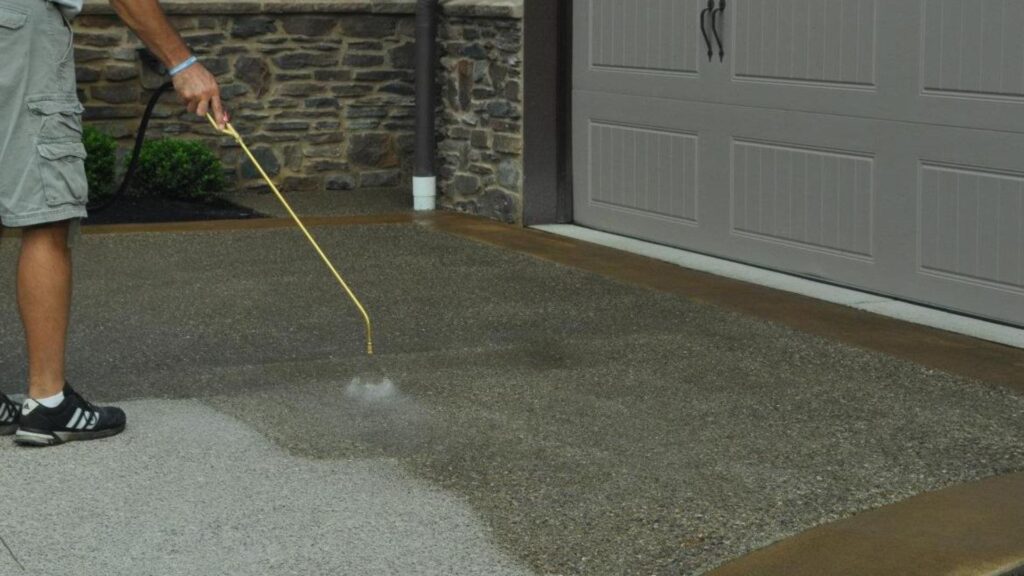
Indoor Vs. Outdoor Concrete Sealing
When it comes to protecting concrete, the location of the surface plays a big role in how you approach sealing. Indoor and outdoor areas face different conditions, so the type of sealer, application method, and maintenance schedule will vary. Understanding these differences helps you choose the right solution that keeps your concrete strong, attractive, and functional for years.
Differences In Needs For Driveways, Patios, Garages, And Basement Floors
Outdoor concrete, such as driveways and patios, is exposed to harsh elements like rain, snow, sunlight, and temperature changes. This constant exposure can lead to cracking, fading, and surface erosion if left unsealed. For these areas, penetrating sealers or high-performance film-forming sealers are often best because they create a durable barrier against water, de-icing salts, and UV rays. Driveways also benefit from sealers that resist oil and chemical stains caused by vehicles.
Garage floors, while technically indoors, often face heavy use and exposure to chemicals, oils, and road salts tracked in from outside. An epoxy or polyurethane sealer is ideal here because it offers strong resistance to abrasions and chemicals, while also making cleaning easier.
Basement floors, on the other hand, typically deal with moisture issues from groundwater or humidity. A penetrating sealer that repels water without trapping moisture inside is recommended. Since basements are not exposed to sunlight, UV protection is less of a concern, but moisture control is critical to prevent mold growth and surface deterioration.
Special Considerations For Decorative Or Stained Concrete
Decorative or stained concrete surfaces require extra care to preserve their color and finish. For outdoor decorative concrete, like stamped patios or colored walkways, a UV-resistant acrylic or polyurethane sealer helps protect against fading and weather damage while enhancing the color’s richness. These sealers also give a light sheen that can make the design stand out.
Indoor decorative concrete, such as polished or stained floors, benefits from a non-yellowing, water-based sealer that maintains the natural look without altering the color. Since decorative finishes are often a major visual feature in homes or businesses, the sealer should be reapplied as needed to keep the surface looking fresh and vibrant. It’s also important to use gentle cleaning methods so you don’t scratch or dull the sealed finish.
Choosing the right approach for indoor vs. outdoor concrete sealing not only extends the life of your surfaces but also keeps them looking their best, whether they’re functional work areas or decorative focal points.
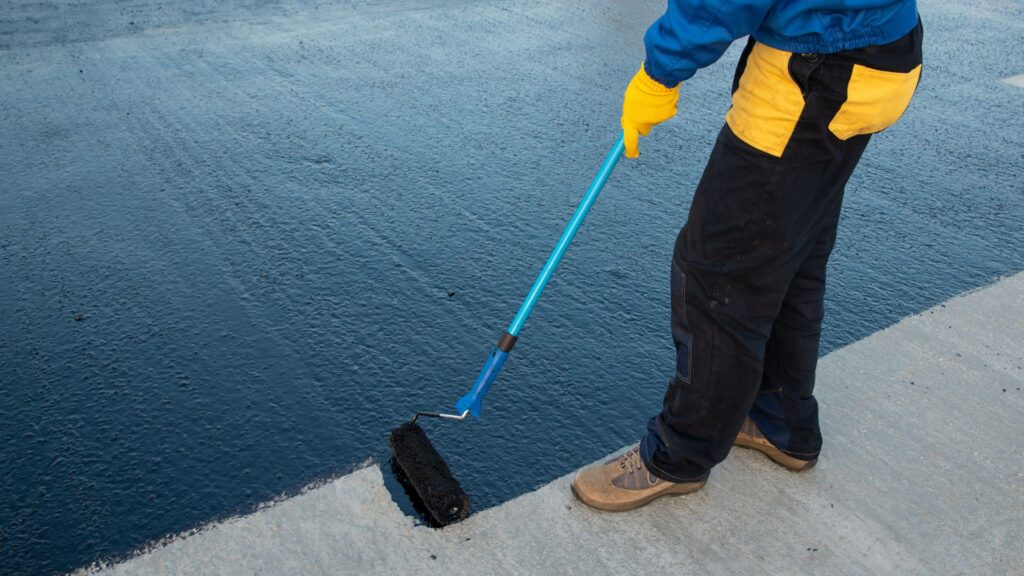
DIY Vs. Hiring A Professional
When it comes to sealing your concrete, you have two main options, tackling the job yourself or bringing in a professional. Both approaches have their advantages, but the right choice depends on your budget, skill level, and the specific needs of your concrete surface.
Tools And Materials Needed For DIY Sealing
If you decide to go the DIY route, you’ll need the right tools and materials to get the job done properly. A quality concrete cleaner or degreaser is essential for preparing the surface, as sealing over dirt or stains will trap them in place. You’ll also need a power washer or stiff-bristle brush for deep cleaning, along with protective gear like gloves, goggles, and a mask to avoid inhaling fumes. The sealer itself should match your concrete type, penetrating sealers are ideal for driveways and outdoor areas, while acrylic or epoxy options work well for indoor spaces. Application tools can include a roller, brush, or sprayer, depending on the sealer’s consistency and your comfort level.
Common Mistakes To Avoid
DIY sealing can save money, but skipping important steps often leads to poor results. One of the biggest mistakes is applying the sealer to damp concrete, which prevents proper adhesion. Using too much sealer in one coat can also cause streaking, bubbling, or a cloudy finish. Another common error is failing to read the manufacturer’s instructions, different products have specific application techniques and drying times. Lastly, not allowing enough curing time between coats or before using the surface can shorten the sealer’s lifespan.
When Professional Application Is Worth The Cost
Hiring a professional may cost more upfront, but it often pays off in quality and durability. Professionals have access to industrial-grade equipment and sealers that penetrate deeper and last longer than many store-bought options. They also have the experience to handle challenging surfaces, apply the product evenly, and avoid costly mistakes. If your concrete is in poor condition, has intricate designs, or covers a large area, professional sealing can ensure a longer-lasting and more attractive finish. For high-traffic or high-value areas like driveways, commercial spaces, or decorative patios, the investment in a skilled contractor can protect your concrete for years to come.
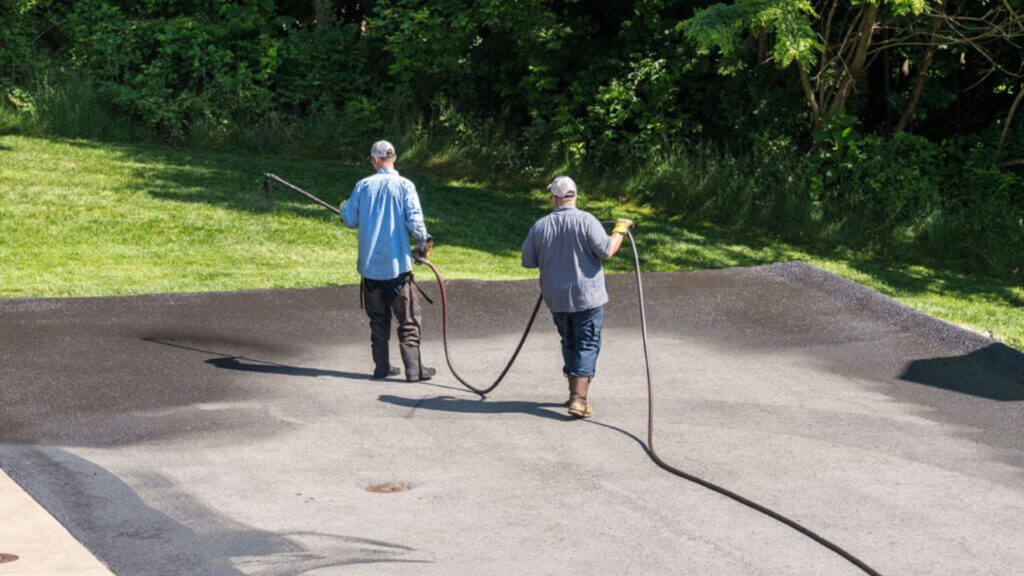
Step-By-Step Guide To Sealing Concrete (Overview)
Sealing concrete is a straightforward process when done correctly, but skipping key steps can lead to poor results and wasted effort. Below is a detailed, easy-to-follow breakdown to help you get the best finish, durability, and protection from your sealer.
Cleaning And Prepping The Surface
Before you even think about applying a sealer, the surface must be completely clean. Remove dirt, dust, grease, oil stains, and any loose debris. For outdoor concrete, use a pressure washer to lift deep grime. Indoors, a stiff broom and a concrete-safe cleaner can do the job. If you see cracks or chips, repair them with a patching compound and allow them to set. A clean, smooth surface ensures the sealer bonds properly and lasts longer.
Choosing The Right Sealer For The Job
Not all concrete sealers are the same, and choosing the wrong one can mean poor protection. For driveways and outdoor patios, penetrating sealers like silane or siloxane work well because they repel water and resist UV damage. For indoor floors or decorative concrete, acrylic or epoxy sealers can enhance appearance while protecting against spills. Consider the level of traffic, exposure to weather, and whether you want a natural or glossy finish before making your choice.
Applying The Sealer Evenly
Uneven application can cause streaks, dark spots, or patchy coverage. Use a roller, sprayer, or brush recommended for your chosen sealer. Start at one corner and work in small sections, maintaining a wet edge to avoid overlap marks. For penetrating sealers, a single coat is often enough, while acrylic or epoxy may need multiple thin coats for best results. Always follow the manufacturer’s instructions for coverage rates.
Drying And Curing Times
Once applied, give the sealer enough time to dry before walking or driving on it. Drying times vary depending on the product, temperature, and humidity, some sealers are ready in a few hours, while others may take a full day. Curing, which is the process of the sealer fully bonding and hardening, can take several days. Avoid heavy traffic or placing heavy objects on the surface until curing is complete to ensure long-lasting protection.
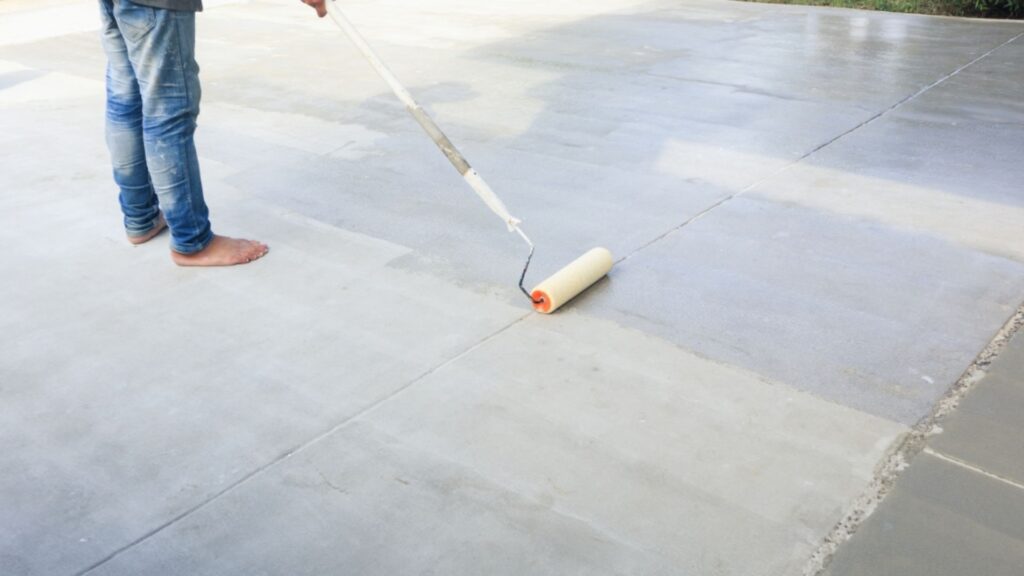
FAQs: About Do I Need Concrete Sealer?
Conclusion
When deciding whether you need a concrete sealer, it comes down to understanding your surface’s condition, how it’s used, and the level of protection you want to maintain over time. Sealing concrete offers clear benefits, such as preventing water penetration, reducing stains, and extending the life of your driveway, patio, or floors, but it’s not a one-size-fits-all solution. If your concrete is in good shape, shows no signs of deep cracks, and faces regular exposure to weather, sealing can be a smart preventive measure. On the other hand, if the surface is already severely damaged, repairs should come before any sealing work. Make it a habit to check your concrete at least once a year for fading, water absorption, or surface wear, as these are early signs it’s time for resealing. By staying proactive, you’ll protect your investment, keep your concrete looking great, and avoid costly repairs down the road.
Find A Professional Concrete Company Near You!
- Asphalt Contractors Auckland
- Christchurch Concrete Services
- Concrete Contractors Nelson
- Concrete Contractors Tauranga
- Concrete Dannevirke
- Concrete Driveways Lower Hutt
- Concrete Driveways Upper Hutt
- Concrete Foundations Kapiti
- Concrete Layers Auckland
- Concrete Layers Cambridge
- Concrete Layers Hamilton
- Concrete Layers Invercargill
- Concrete Layers Kapiti
- Concrete Layers Leigh
- Concrete Layers Levin
- Concrete Layers Mangawhai
- Concrete Layers Matakana
- Concrete Layers Northland
- Concrete Layers Orewa
- Concrete Layers Palmerston North
- Concrete Layers Pukekohe
- Concrete Layers Rodney
- Concrete Layers Silverdale
- Concrete Layers Te Awamutu
- Concrete Layers Upper Hutt
- Concrete Layers Waikato
- Concrete Layers Warkworth
- Concrete Layers Wellington
- Concrete Layers Wellsford
- Concrete Manuwatu
- Concrete Services Rotorua
- Concrete Whangarei
- Hastings Concrete Company
- Hawkes Bay Concrete Company
- Napier Concrete Company
About the Author:
Mike Veail is a recognized digital marketing expert with over 6 years of experience in helping tradespeople and small businesses thrive online. A former quantity surveyor, Mike combines deep industry knowledge with hands-on expertise in SEO and Google Ads. His marketing strategies are tailored to the specific needs of the trades sector, helping businesses increase visibility and generate more leads through proven, ethical methods.
Mike has successfully partnered with numerous companies, establishing a track record of delivering measurable results. His work has been featured across various platforms that showcase his expertise in lead generation and online marketing for the trades sector.
Learn more about Mike's experience and services at https://theleadguy.online or follow him on social media:

